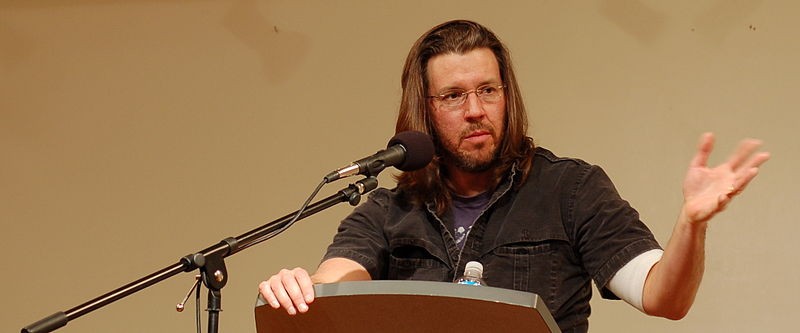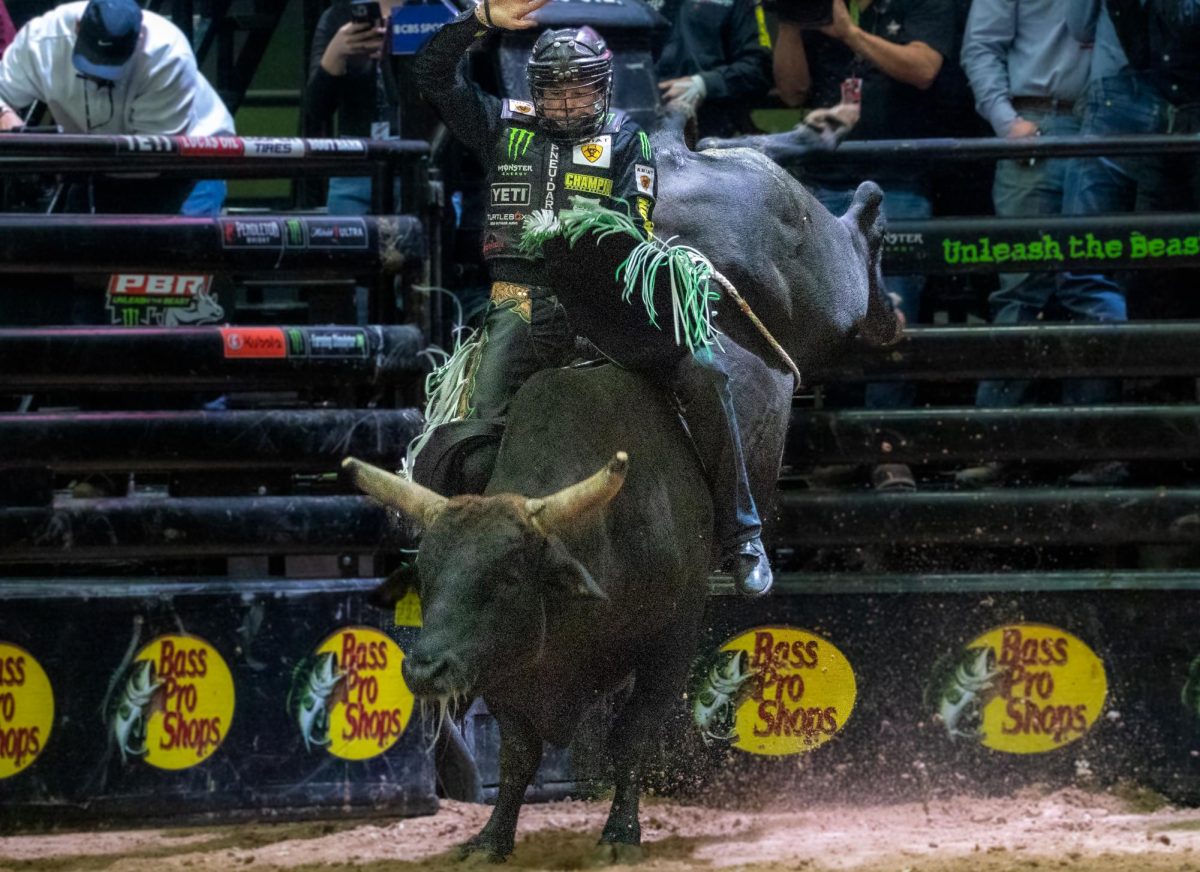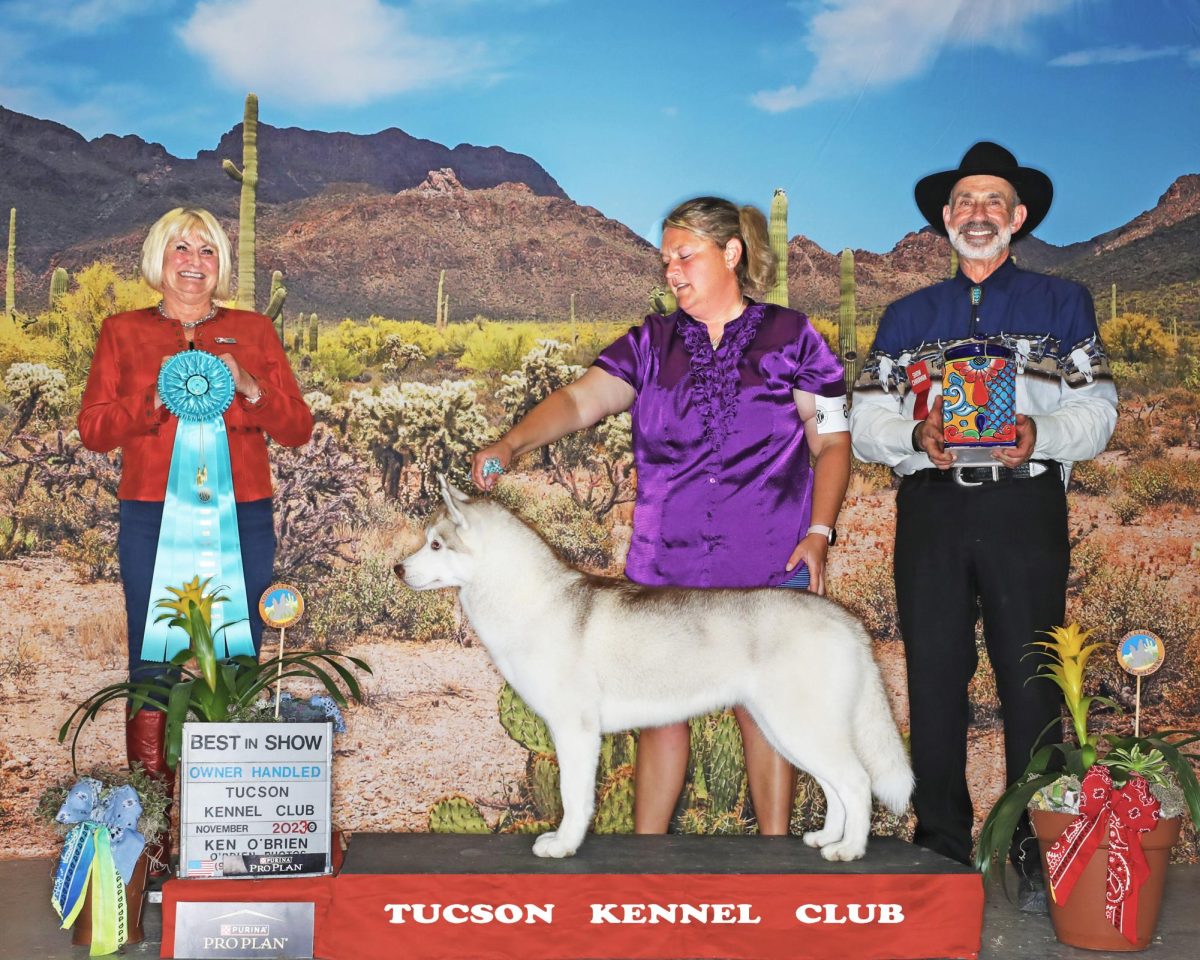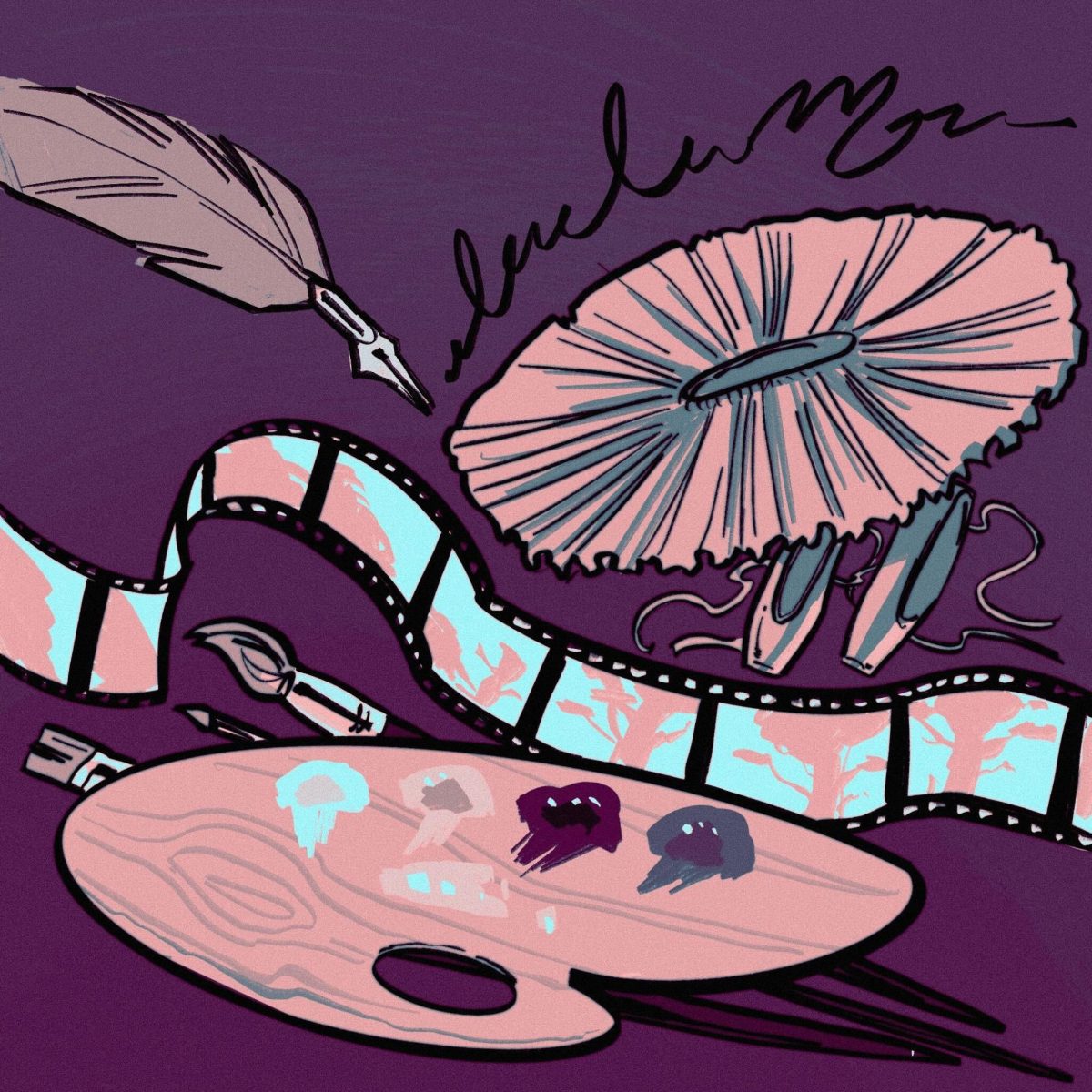There is only one way to immortality: straight and fast. The old cliché follows the idea that it’s better to burn out bright than to fade. It’s a philosophy that has led to a hall of fallen heroes populated by the likes of Martin Luther King Jr., John Lennon, George Orwell, Mozart and Jimi Hendrix. Luminaries of their respective fields, described with complete sincerity as ‘geniuses,’ the ‘voices of their generations,’ and ‘the most influential of their times.’
David Foster Wallace, the beloved and iconic writer, joined this cohort seven years ago. Wallace’s premature death immortalized him, but also left a massive chasm. His absence casts an eternal shadow over his writing and its meaning. Can we ever truly know him as he once was, and how has Wallace’s death pushed his writing into the realm of transcendence?
Nearly 30 years ago, Wallace walked the UA campus during his time in the Creative Writing MFA program. The influences of the Sonoran sunshine permeated his future works. Recurring parts of Wallace’s magnum opus, “Infinite Jest”, revolve around a wheelchair bound assassin and a male government agent (in disguise as a female reporter) having long discussions centered around thinly veiled philosophical debates, all while overlooking the Tucson valley.
Apart from various bread crumbs throughout his writing, details of Wallace’s time in the MFA program are sparse; just another dead-end in the puzzle of his complex legacy.
Avid fans now bear the responsibility of upholding Wallace’s legacy. Among them is Ian Liu, a molecular and cellular biology graduate student. Liu identifies with and enjoys Wallace’s writing.
“He second guesses himself: his preconceptions, and the preconceptions of our culture,” Liu said. “I guess I like that he writes the way I wish that I thought, only more intelligently with a better wit and humility.”
While Wallace’s persona doesn’t particularly appeal to Liu, it does reaffirm Wallace’s writing.
“Odd, weirdly obsessive, self-conscious, but not wanting to be cutesy about it,” Liu said. “And [he’s] conscious of the perception of his own self-consciousness.”
Wallace’s writing strikes a chord within readers due to his ability to simultaneously offer wisdom in the cadence of our innermost thoughts, while still maintaining a humble self-doubt that seems to get at what we all feel in our own lives.
That thought being, “I have no idea what the hell I am doing.” One moment we fully “understand” the way of the world, and the next we second-guess it all away. This idea of contradiction chiseling toward truth becomes a necessary mindset while examining Wallace’s legacy.
When Wallace took his life in Sept. of 2008, he erased the only firsthand source to himself; he is now only known by what he left. His numerous writings and works, from “Infinite Jest”, to his oft-cited speech “This is Water,” recount Wallace’s lifelong battle against the unsympathetic solipsism hard-wired into the human brain, as well as the modern cycle of a hedonistic lifestyle.
They challenge us to stop thinking of ourselves as the center of the universe for one second, and question our endless addictions to entertainment in a dopamine-fueled society. The search to understanding Wallace and his legacy now lies in two insightful books; “Every Love Story is a Ghost Story” by D.T. Max and “Although of Course You End Up Becoming Yourself” by David Lipsky.
The two books examine Wallace from significantly different viewpoints and understandably paint different pictures of the man. “Every Love Story is a Ghost Story,” a biography of Wallace’s life, seeks to strip away the mythos and reveal a man. “Although of Course You End Up Becoming Yourself” recounts reporter David Lipsky’s five days spent with Wallace on the end of his “Infinite Jest” book tour. It acts as an investigation into the mysterious persona of the genius writer, Wallace.
A tertiary source surfaced this year. The film, “The End of the Tour,” is based on Lipsky’s book. “The End of the Tour” spirals outward from Lipsky’s understanding of David Foster Wallace by mixing his view with others’ views, including director James Ponsoldt, screenwriter Donald Margulies, and actor Jason Segel.
The film portrays Wallace as a type of off-kilter, gentle guru who happens to be a genuinely eloquent writer. A man who is equally willing to split his last pack of Pop-Tarts, as well as wax poetically about the nature of life, love, and “why?”
Each posthumously presented version of Wallace reveals a little bit more of the man. Freelance writer, Mike Powell, a UA alumni, recently wrote about Wallace in Grantland. Powell believes the three versions of Wallace work together to reveal something deeper.
“To me what’s most interesting about all these accounts isn’t finding the ‘right’ one, but seeing where the gaps are to begin with,” Powell said.
We are cursed and blessed by these gaps regarding Wallace’s legacy. “In The End of the Tour,” David Foster Wallace prefers to go by the more informal and relaxed name, ‘Dave Wallace.’ Lipsky later asks him why ‘Foster’ appears in the publishing name. Dave Wallace tells him that there’s no significant reasoning behind the name besides that his publisher believed it would differentiate him.
Maybe that sums it up.
David Foster Wallace was a stage name, and Dave Wallace was the man. Each of the three works does its best to fully capture David Foster Wallace, but they cannot fully paint Dave Wallace. Like a Paint By Number with the red, green and blue of “Every Love Story is a Ghost Story,” “Although of Course You End Up Becoming Yourself” and “The End of the Tour” combining in some areas, while completely missing others.
David Foster Wallace cannot be reduced to books, movies and other portrayal attempts. This was one of his key messages. Wallace is a real person; three dimensional and full of contradictions, and I’m sure his hope would be that this realization would spur compassion and empathy, while halting judgment and assumption.
Mike Powell also brought up a valid point from one of David Foster Wallace’s short stories: “The end of the story ‘Good Old Neon’ suggests that the most important things we feel and experience can by their very nature never be verbalized, which I find moving considering how hard Wallace tried anyway.”
We may never be able to dichotomize the life, myth and legacy of David Foster Wallace, but that doesn’t mean we will stop trying any time soon.
Follow Alex Furrier on Twitter.









